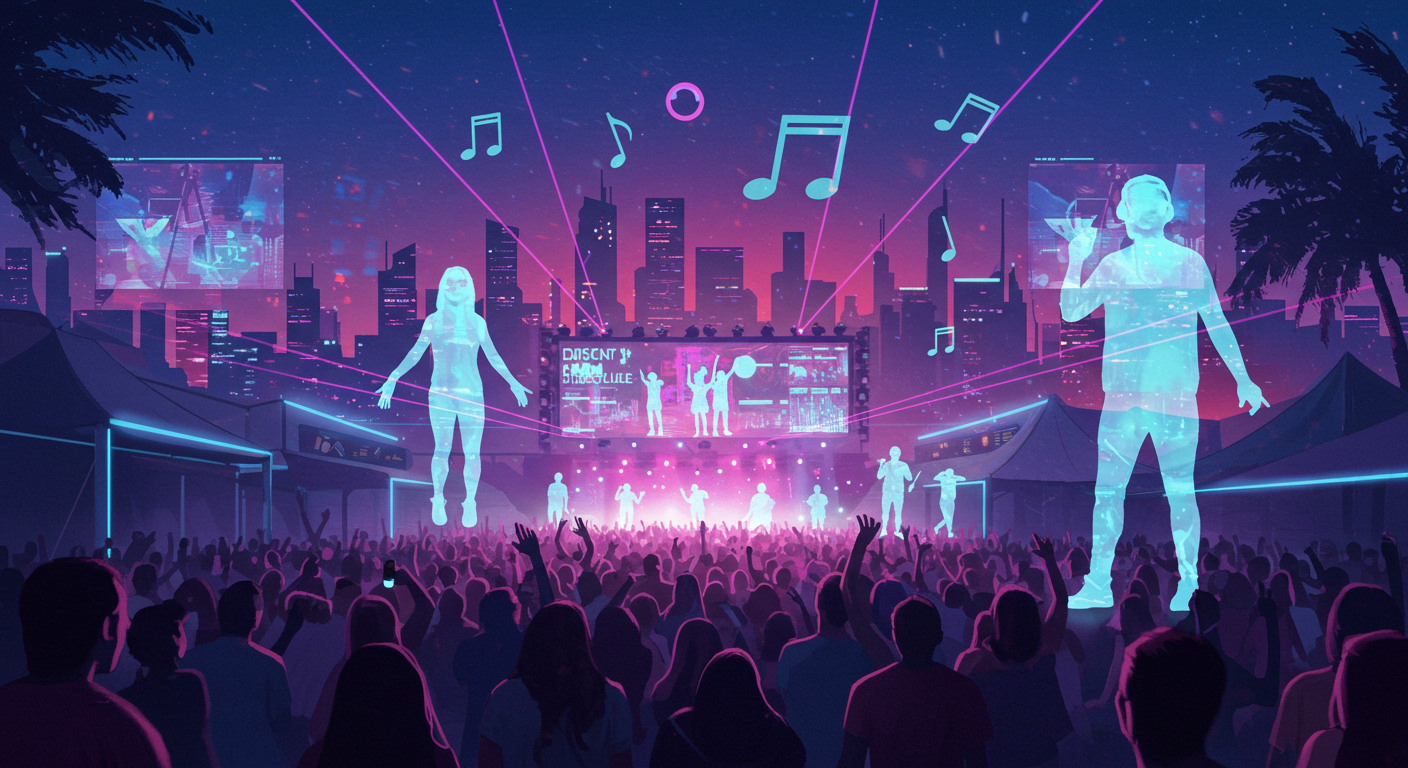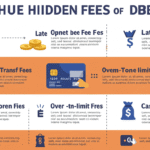The Rise of Hybrid Music Festivals: Blending Virtual and Live Experiences
In the last few years, the landscape of music festivals has been dramatically transformed. The emergence of hybrid music festivals, which merge live in-person experiences with virtual components, has reshaped how audiences engage with artistry. This shift reflects not just technological advancements but also changes in consumer behavior, accessibility, and the evolving definitions of community in today’s music culture.
Understanding Hybrid Music Festivals
Hybrid music festivals are events that simultaneously offer a physical gathering for attendees while also streaming performances, interactive experiences, and exclusive content online. These festivals cater to various audiences, allowing those unable to attend in person due to geographical, financial, or health-related constraints to participate virtually.
The pivot to hybrid festivals became particularly pronounced during the COVID-19 pandemic, where traditional festivals were canceled or postponed. In response, organizers began experimenting with digital platforms to maintain engagement with audiences. This innovation laid the groundwork for a more integrated approach to festival experiences.
Technological Advances Fueling Hybrid Experiences
Technology plays a crucial role in enabling hybrid music festivals. High-definition streaming capabilities, virtual reality (VR), and augmented reality (AR) technologies have revolutionized how fans consume music. High-quality video feeds from real-time concerts can transport virtual attendees right to the front row, effectively bridging the gap between physical and digital experiences.
Platforms like Twitch, YouTube Live, and various custom festival apps have emerged as vital tools for organizers. These platforms not only allow for live streaming but also enable interactivity through chatrooms, allowing users to communicate, share experiences, and even influence aspects of performances in real-time via polls or requests.
Benefits of Hybrid Music Festivals
-
Increased Accessibility: Hybrid music festivals break down geographical barriers, allowing fans worldwide to participate regardless of their location. This democratizes access to performances, especially for those with disabilities, financial constraints, or travel limitations.
-
Expanded Audience Reach: By incorporating both virtual and live elements, organizers can attract larger, diverse audiences. Virtual attendance means that people who may never have considered traveling for a festival can be engaged, thereby expanding the reach of artists and brands.
-
Enhanced Revenue Streams: Hybrid formats can provide additional revenue opportunities. Ticket sales for both in-person and online access create new avenues for profits. Merchandise, digital downloads, and exclusive virtual content add to the potential for revenue generation.
- Sustainable Practices: With fewer attendees traveling from far and reduced resource consumption, hybrid festivals can promote more sustainable practices. Organizers can offset some environmental impacts associated with large-scale events by encouraging virtual attendance.
Challenges Faced by Hybrid Festivals
Despite their advantages, hybrid music festivals are not without challenges. One major hurdle is ensuring high-quality streaming. Technical failures during live broadcasts can detract from the experiences of online attendees and tarnish the reputation of the festival.
Additionally, the need for investment in technology and infrastructure to facilitate these experiences can be a barrier for smaller, independent festival organizers. They may lack the resources to implement the required technologies or to market their hybrid offerings effectively.
Moreover, there is an ongoing debate about the value proposition for virtual attendees versus in-person experiences. While digital attendance can be made interactive and engaging, it remains difficult to replicate the energetic atmosphere and social connections formed during live events.
Innovative Examples of Hybrid Music Festivals
Several festivals have embraced the hybrid model successfully, showcasing what’s possible in this new space. One prominent example is the Coachella Valley Music and Arts Festival. While primarily known for its physical gathering in California, Coachella adapted during the pandemic by launching a virtual festival experience that engaged millions worldwide. The event featured artist interviews, behind-the-scenes content, and live performances streamed directly to fans.
Burning Man also explored hybrid formats by creating an online portal during its pandemic hiatus. This included a virtual world where attendees could create their art installations and engage with others, maintaining the spirit of community associated with the event.
Lollapalooza made headlines for its hybrid experience, featuring an online component called Lollapalooza Livestream, allowing viewers to consume performances, interviews, and exclusive content live from their homes.
The Future of Hybrid Music Festivals
The future of music festivals is leaning towards more integrated experiences. As technology continues to advance, the possibilities for enhancing hybrid events will expand. Innovations in VR may one day enable users to feel as though they’re standing alongside their favorite artists on stage, or allow for immersive experiences that capture the essence of being at a live concert.
Moreover, the concept of virtual reality meet-and-greets with artists could become commonplace, allowing fans to engage with their musical idols in a digital but personal way. Over time, emerging trends such as blockchain technology may create new opportunities for fan engagement, ticketing, and merchandising.
Audience Engagement in Hybrid Models
Engaging audiences in a hybrid music festival requires creativity and innovation. Organizers can leverage social media effectively to create buzz and share experiences leading up to the events. Creating exclusive content, such as pre- or post-event interviews with artists, can foster a sense of belonging among virtual attendees.
Gamification elements can encourage participation by rewarding users for sharing experiences on social media or engaging with event content. For example, interactive quizzes, challenges, and even community-driven art projects can spark user interest and foster connections among participants.
Conclusion
The rise of hybrid music festivals marks a transformative chapter in the history of music events. By blending virtual and live experiences, these festivals create new avenues for audience engagement and revenue generation, democratizing access and enhancing the overall festival experience. While challenges persist, the adaptability of organizers and the eagerness of audiences to embrace both in-person and digital elements indicate a promising future for hybrid music festivals. The evolution of how we experience live music is just beginning, and its trajectory is likely to be exciting, inclusive, and endlessly innovative.




